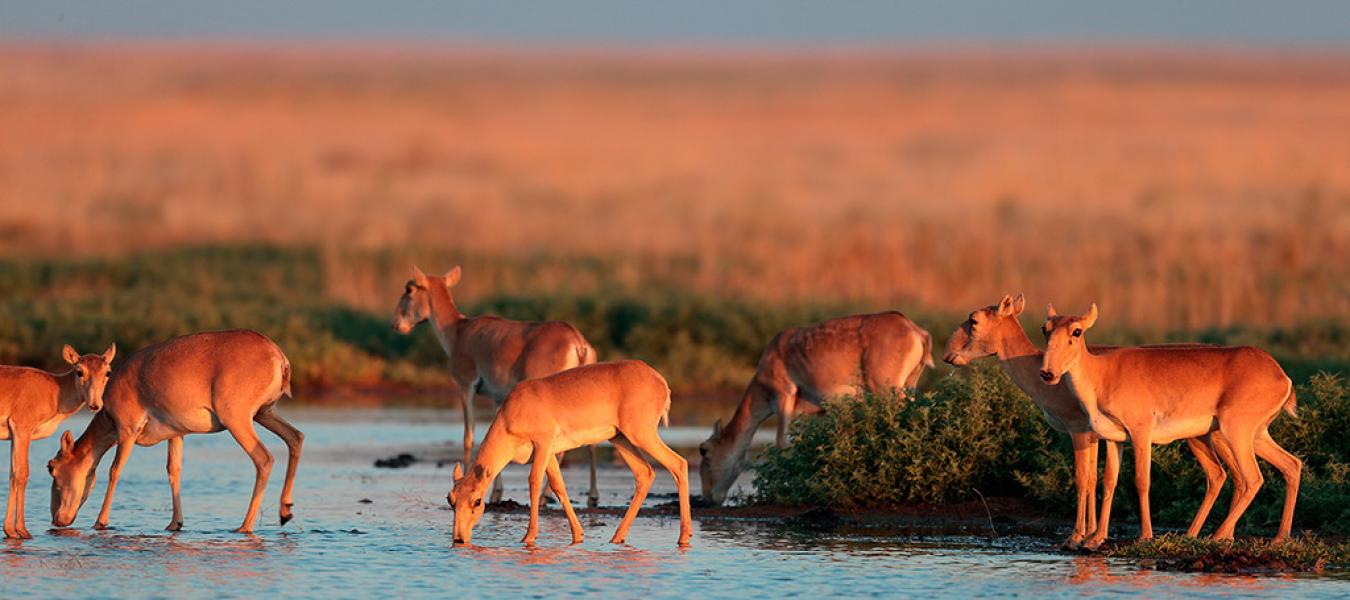The Management of Wild Large Herbivores to Meet Economic, Conservation and Environmental Objectives

Wild large herbivores provide goods and income to rural communities, have major impacts on land use and habitats of conservation importance and, in some cases, face local or global extinction. As a result, substantial effort is applied to their management across the globe. To be effective, however, management has to be science-based. We reviewed recent fundamental and applied studies of large herbivores with particular emphasis on the relationship between the spatial and temporal scales of ecosystem response, management decision and implementation.
Long-term population dynamics research has revealed fundamental differences in how sex/age classes are affected by changes in density and weather. Consequently, management must be tailored to the age and sex structure of the population, rather than to simple population counts.
Herbivory by large ungulates shapes the structure, diversity and functioning of most terrestrial ecosystems. Recent research has shown that fundamental herbivore/vegetation interactions driving landscape change are localized, often at scales of a few metres. For example, sheep and deer will selectively browse heatherCalluna vulgarisat the edge of preferred grass patches in heather moorland. As heather is vulnerable to heavy defoliation, in the long term this can lead to loss of heather cover despite the average utilization rate of heather in a management area being low. Therefore, while herbivore population management requires a large-scale approach, management of herbivore impacts on vegetation may require a much more flexible and site-specific approach.
Localized impacts on vegetation have cascading effects on biodiversity, because changes in vegetation structure and composition, induced by large herbivores affect habitat suitability for many other species. As such, grazing should be considered as a tool for broader biodiversity management requiring a more sophisticated approach than just, for example, eliminating grazing from conservation areas through the use of exclosures.
Synthesis and applications
The management of wild large herbivores must consider different spatial scales, from small patches of vegetation to boundaries of an animal population. It also requires long-term planning based on a deep understanding of how population processes, such a birth rate, death rate and age structure, are affected by changes in land use and climate and how these affect localized herbivore impacts. Because wild herbivores do not observe administrative or political boundaries, adjusting their management to socio-political realities can present a challenge. Many developing countries have established co-operative management groups that allow all interested parties to be involved in the development of management plans; developed countries have a lot to learn from the developing world's example.
